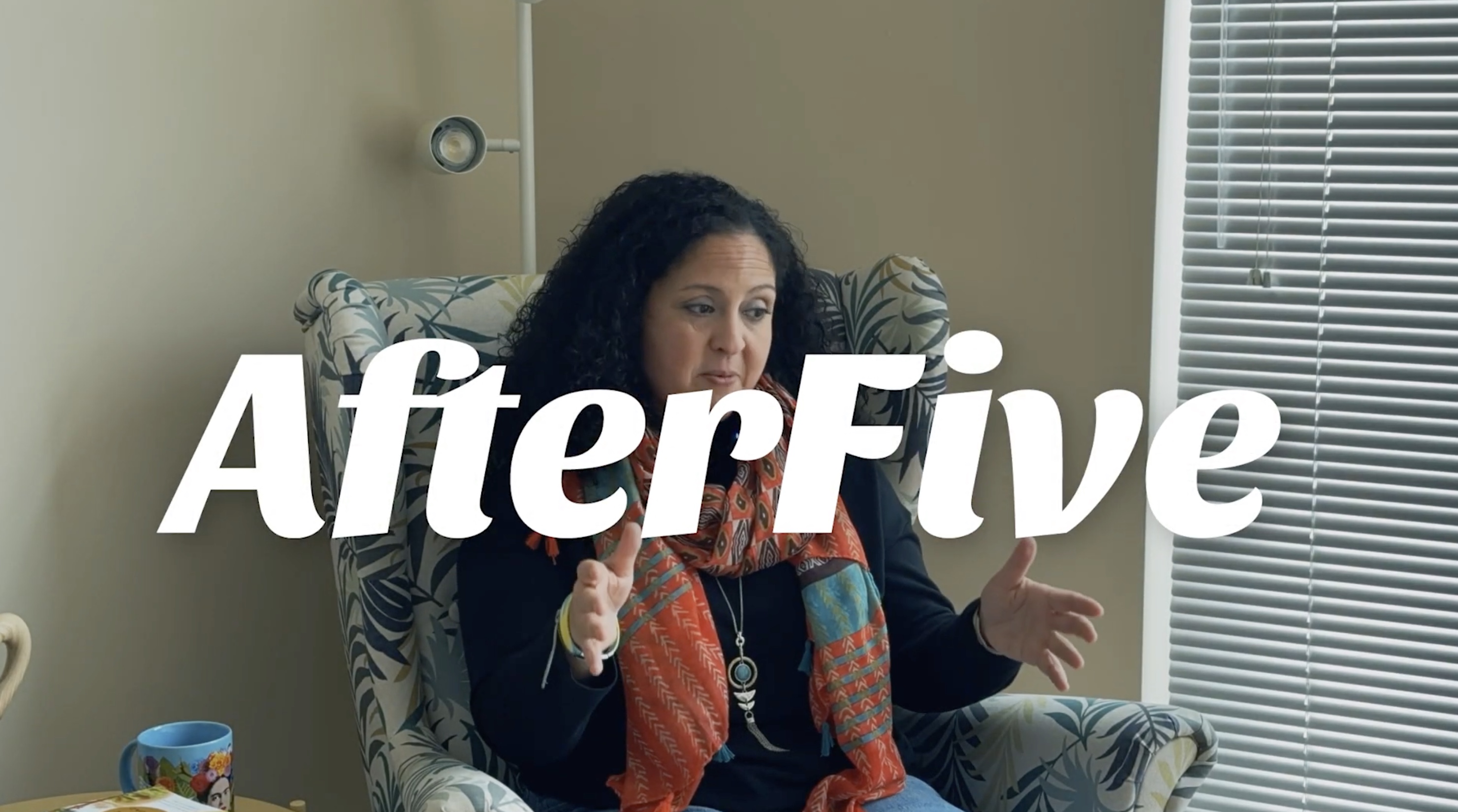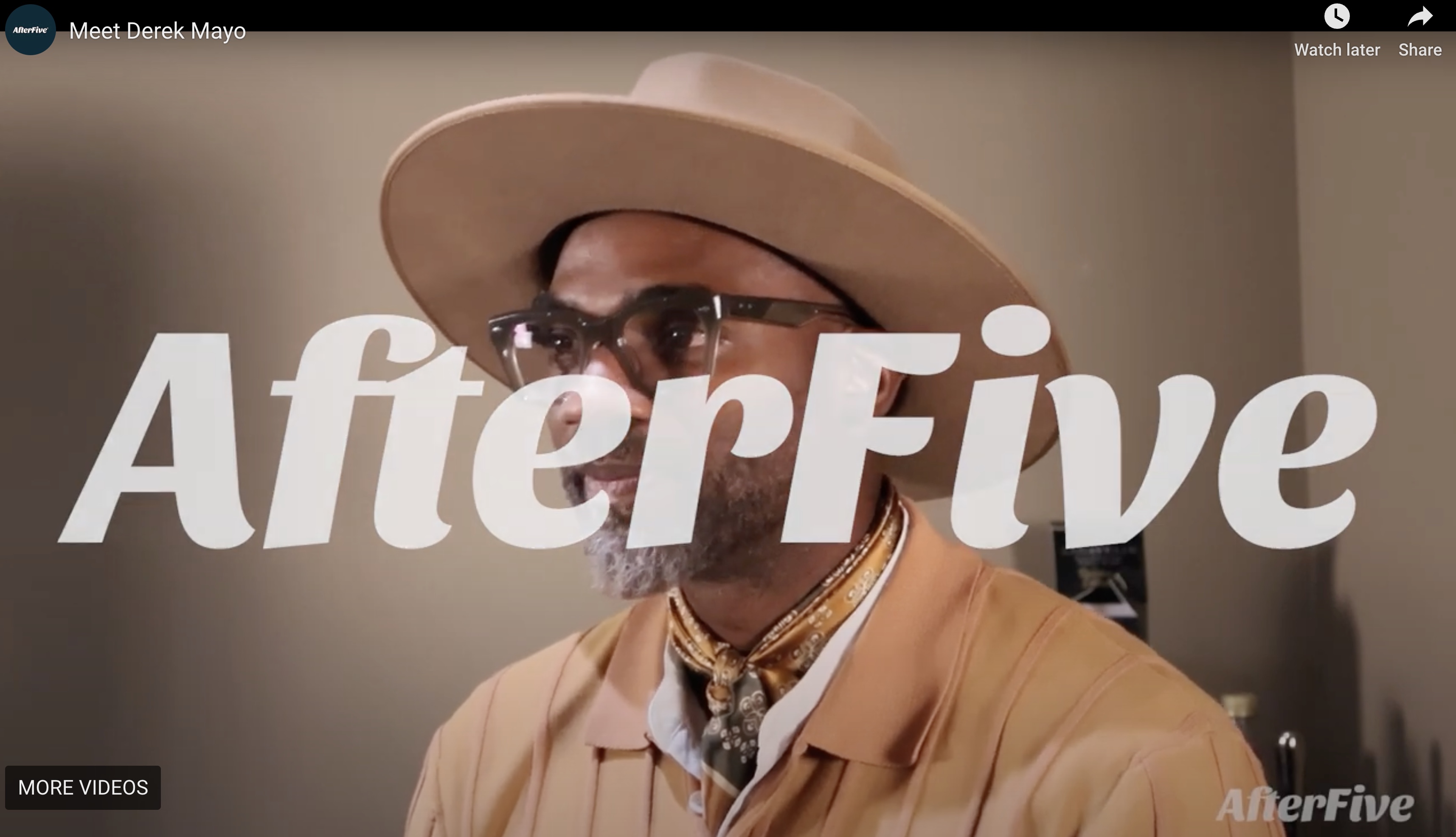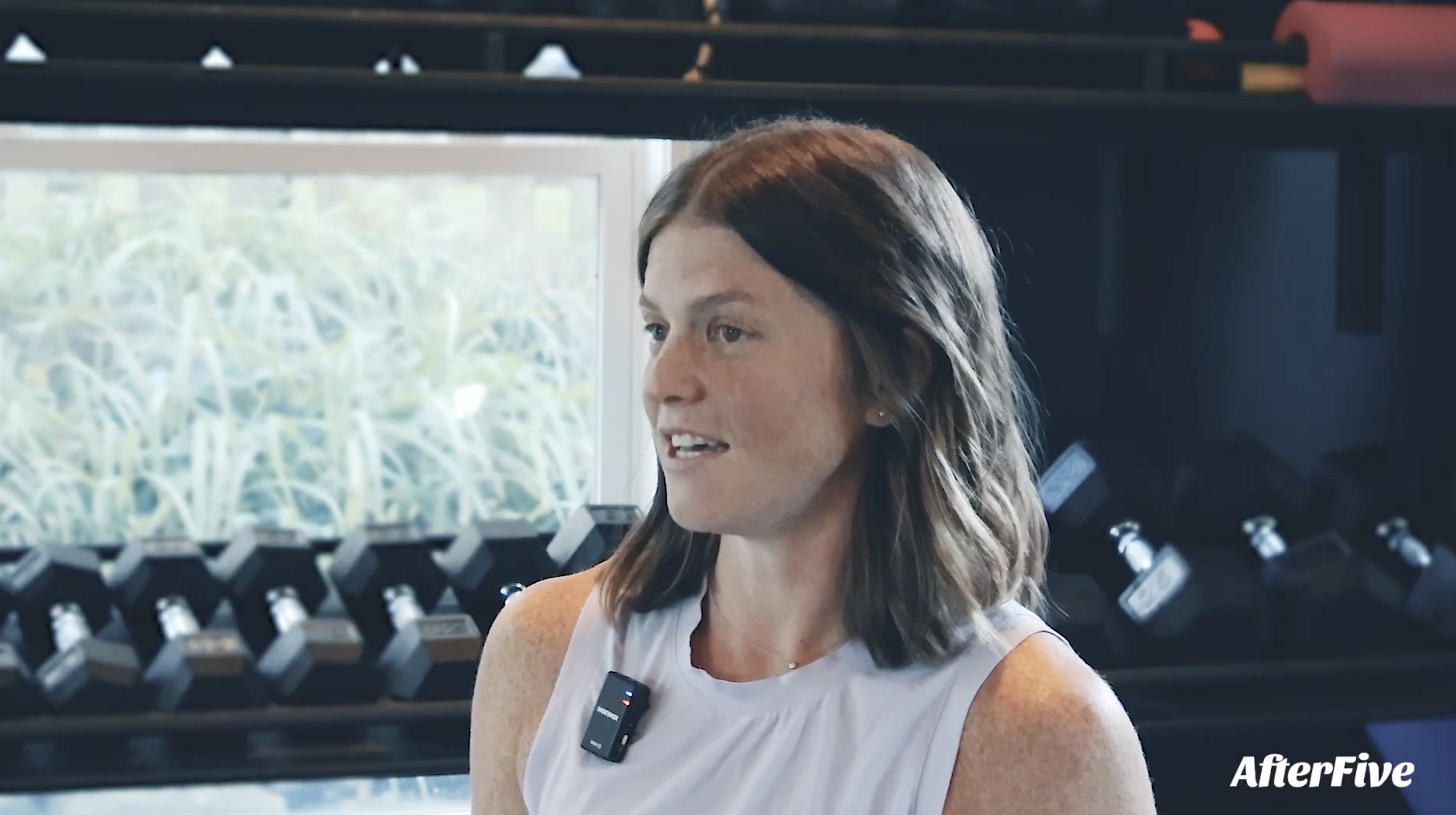.png)
AfterFive is my personal passion project: a platform designed to help individuals and organizations share the story behind their work, going beyond résumés and bullet points.
Built at the intersection of design, storytelling, and technology, AfterFive guides users through structured prompts and multimedia to transform raw experiences into polished case studies and short, shareable story videos.
The platform is being developed to empower job seekers, creatives, nonprofits, and corporations alike—turning projects, challenges, and transformations into narratives that resonate.
2024 - Present
AfterFive
Product Design + Brand Strategy + SaaS Concept
Founder / Lead Designer
Narrative Strategy
Product Vision & UI/UX
AfterFive is my passion project, created to address the massive wave of job loss in the public sector and empower professionals—especially unemployed federal workers, creatives, and nonprofits—to share their journeys in more human, compelling ways. Instead of bullet points or static résumés, AfterFive guides users through structured prompts and multimedia to create case studies and story profiles that highlight the transformation behind their work.
Most platforms flatten careers into lists of roles and bullet points, leaving out the human side—the challenges, the process, and the growth. LinkedIn and job boards don’t capture the full story, and many people struggle to present their impact in a way that feels authentic. I wanted to design an experience that makes storytelling accessible to anyone: guiding them through arcs like Problem → Action → Result or Before → Transformation → After while layering in voice, visuals, and emotion. The challenge was to create something that feels professional yet personal, easy to use but deeply meaningful.
Founder & Lead Designer




AfterFive is currently in active development as a storytelling platform. The vision is to give professionals, nonprofits, and organizations a way to transform their projects and experiences into structured stories that go beyond bullet points.
By guiding users through frameworks like Problem → Action → Result or Before → After, and layering in voice, visuals, and narrative polish, AfterFive is designed to make storytelling accessible and impactful for everyone.